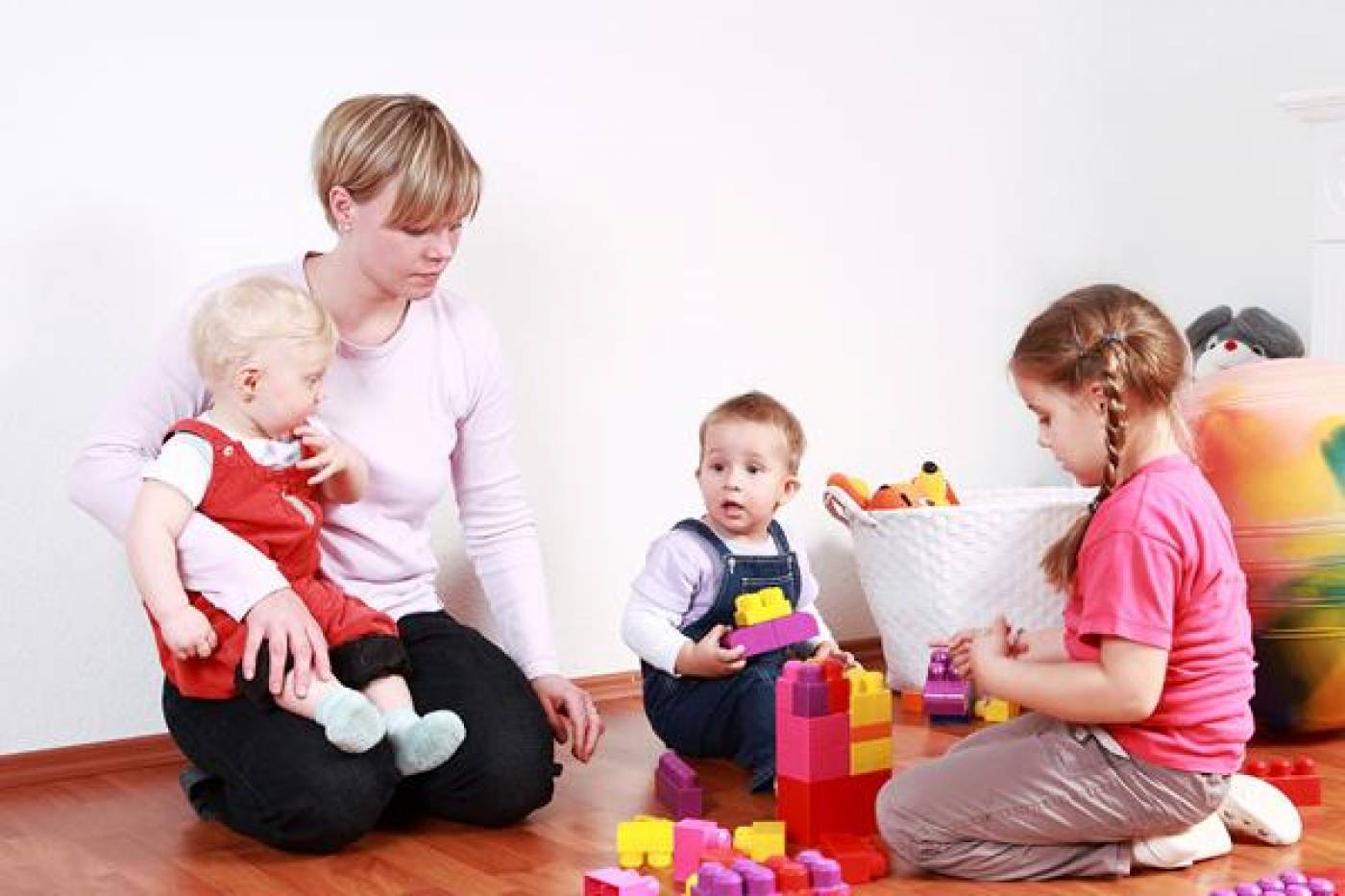Provision and use of preschool childcare in Britain

The number of childminders is declining.
Since 2005, the number of childminders has declined by 7% (Ofsted; by 4% in the Labour Force Survey), raising questions about who will do childcare work.

Childcare workers are now more qualified.
75 per cent of childcare staff now hold NVQ level 3 or higher qualifications - a 12 per cent increase between 2005 and 2014.

Childcare workers are low paid.
Compared to other workers, childcare workers earn an average £6.60 per hour - only 10 pence above current ‘National Minimum Wage’ level and £1.25 below current ‘Living Wage for the UK’.

Use of formal childcare linked to income.
Formal childcare used more by higher income families (95% usage for families earning £45,000+ annually – 10% less usage for families earning up to £10,000 annually).

No increase of men in nurseries.
98% of childcare workers are women with no change in the last 10 years.

Around 50% of families use more than one childcare type.
Most combine grandparent care with some formal provision, meaning grandparents may be covering the gaps in formal childcare provision.
- Background
Policy context
Access to childcare matters because it has been shown to be an important vehicle for increasing female employment which in turn helps reduce family poverty. Additionally, studies have concluded that it is only high quality childcare that improves the cognitive and social development outcomes of children, and narrow gaps between disadvantaged children and their peers.
Quality provision has been shown to be closely associated with staff qualifications: key to achieving ‘good quality’, therefore, is an upskilling of the childcare workforce. Consequently, improving the qualifications profile of the early childhood education and care (ECEC) workforce has been a recurrent government priority.
For example, the Department for Education (DfE) and the Department of Health (DH) jointly published a major strategic document, Supporting Families in the Foundation Years, which stated the fundamental importance of the early years and recognised the importance of a well-qualified workforce.
In 2012 Cathy Nutbrown in her review of the workforce called for at least 50 per cent of childcare workers to be qualified to NVQ level 3 by 2013, and in September 2014, a new Level Three Early Years Educator qualification was introduced.
The Study
In the context of these ongoing debates around ‘quality’, we undertook this research between 2012 and 2015.
- Aims and objectives
Aims of the study
The aim of this study was to obtain a better understanding childcare provision and usage in Britain. In particular, we examined patterns of childcare usage, including combinations of formal and informal care, and the childcare workforce in terms of identifying the size of the workforce and who they were.
What we did
We did this by carrying out a secondary analysis of a number of large-scale UK datasets, including the Family Resources Survey (FRS), Childcare and Early Years Survey of Parents (CEYSP), Labour Force Survey (LFS) and Childcare and Early Years Providers Survey (CEYPS).
The needs of those using childcare and those providing it have thus far been considered separately. However, only by examining these together can a full picture of usage and provision be obtained. This study uniquely incorporated both perspectives, thereby contributing to the development of policy in this vital area.
The specific objectives of the research were to:
- Examine childcare usage in the Britain, including combinations of formal and informal care, and how the use of care is related to the demographic characteristics of families;
- Examine who provides informal childcare, their demographic characteristics and the extent to which they have other caring responsibilities;
- Examine the formal childcare workforce – such as nursery nurses, playgroup workers and childminders – including their demographic characteristics, their qualifications and their work patterns.
- Team
Project Collaborators
We conducted this research in collaboration with the National Day Nurseries Association (NDNA), a providers' body, and the Family and Childcare Trust, a charity which campaigns for childcare on behalf of parents. In this way, we included the perspectives of key stakeholders in this research.
Advisory Group
- Professor Peter Moss, IOE Professor
- Dick Wiggins, IOE
- Ludovica Gambaro, IOE
- Valerie Christian, Department for Work and Pensions
- Riaz Ali, Department for Work and Pensions
- Thom Crabbe, Department for Education
- Ros Harper, Department for Education
- Neil Leitch, Preschool Learning Alliance
- Sarah Wellard, Grandparents Plus
The study was commissioned by the Economic and Social Research Council (ESRC) as part of the first phase of its Secondary Data Analysis Initiative (SDAI) programme.
- Media coverage
- The Telegraph – Children at risk as nurseries face funding squeeze, report says
- The Mirror – Tory 30 hours’ childcare pledge ‘could put children at risk’ as nurseries are starved of cash
- Nursery World – Danger of childcare workforce shortage without wage increase
- daynurseries.co.uk – Low pay and rising costs threaten staffing levels
- Early Years Educator – Improving economy may lead to staff shortages in nurseries
- Teach Early Years: Wages inadequate, P10, quotes from Antonia Simon
- Events
Antonia Simon. 'A secondary analysis of the provision and use of preschool childcare in Britain'. Presentation to the Thomas Coram Research Unit, 19 May 2015.
Antonia Simon. The formal childcare workforce. Presentation at the 'Provision and Use of Preschool Childcare Key Findings Seminar', 24 June 2015, IOE.
Charlie Owen. Patterns of childcare use. Presentation at the 'Provision and Use of Preschool Childcare Key Findings Seminar', 24 June 2015, IOE.
Antonia Simon, Katie Hollingworth and Charlie Owen. 'Is the quality of preschool childcare, measured by qualifications and pay, improving in Britain?' Presentation to the EECERA 25th Annual Conference, Wednesday 9th September 2015, Barcelona.
Antonia Simon, Katie Hollingworth and Charlie Owen. 'How does childcare usage compare for different family types in Britain?' Presentation to the EECERA 25th Annual Conference, Wednesday 9th September 2015, Barcelona.
- Research outputs
The full report and other outputs will be available for download in due course.
- Policy briefing paper (PDF, 1.MB)
- Summary for NDNA members IOE (PDF, 0.4MB)
- Videos
- Welcome and Introduction by Peter Moss
- Provision and use of preschool childcare in Britain by Antonia Simon, Charlie Owen and Katie Hollingworth
- Patterns of childcare use by Charlie Owen
- The childcare workforce in the UK: issues for policy makers by Jill Rutter, Head of Policy and Research, Family and Childcare Trust
 Close
Close

